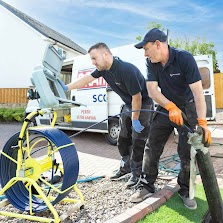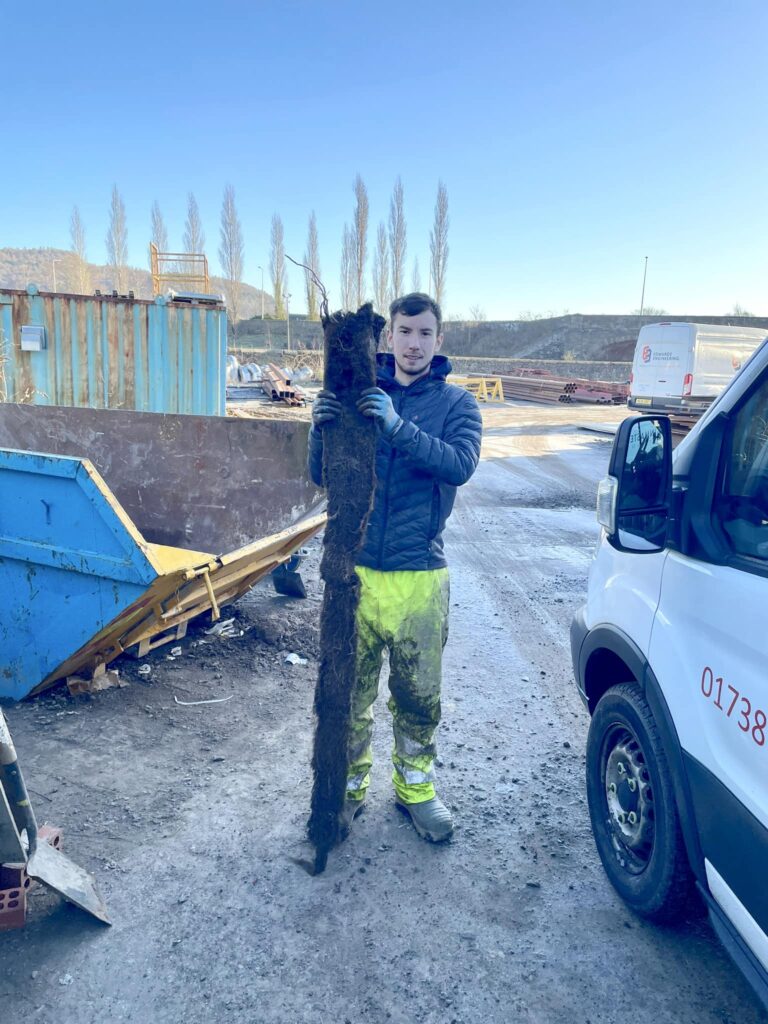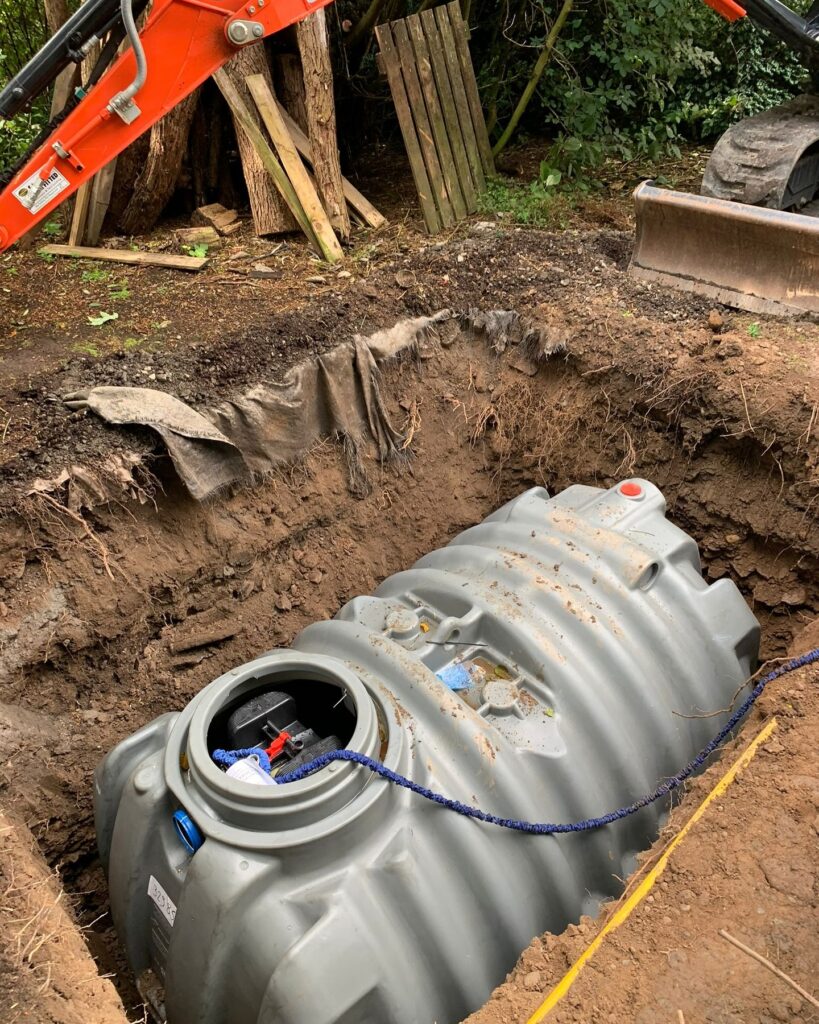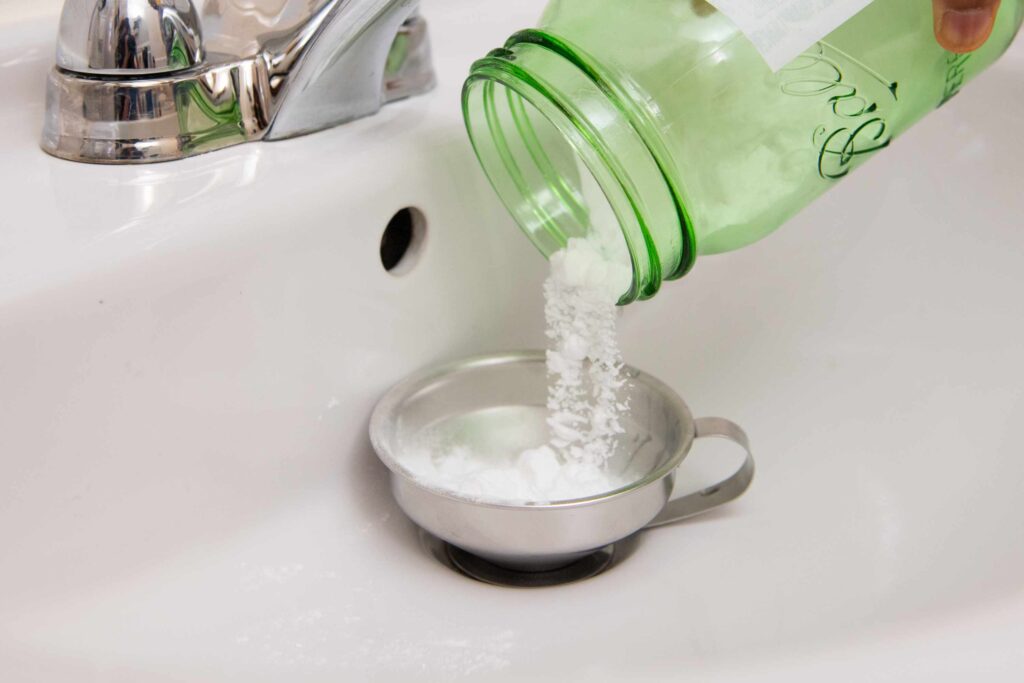How often should I get my drains checked?
Maintaining clean and fully functional drains is crucial for every home. Yet, it’s often neglected—until a blockage or foul odour forces urgent action. This guide explains how frequently you should get your drains checked, signs that indicate it’s time, inspection methods, and tips to keep your drainage system in peak condition. Why Regular Drain Checks Matter 1. Prevent Clogs Before They Escalate Even minor debris can accumulate over time, causing sluggish water flow. Left unchecked, these blockages can lead to complete pipe obstructions, sewage backups or costly, bulky repairs. 2. Identify & Address Hidden Damage Older pipes can crack due to age, soil shifts, tree roots or corrosion. A routine check enables early detection, allowing targeted fixes before damage becomes extensive and expensive. 3. Maintain Hygiene & Air Quality Stagnant water or organic buildup in drains emit unpleasant odours and attract pests, bacteria or mould. Keeping drains clean helps sustain healthy indoor air and prevents health hazards. 4. Safeguard Your Property & Finances Drain emergencies can result in water damage, structural disruption, and emergency repair costs. Proactive inspections are more cost‑effective and less disruptive over time. What Frequency Works Best? Drain Check Guidelines Annual Professional Inspection – The Foundation More Frequent Checks for High‑Use Areas After Major Works or Lifestyle Changes New Home or Pre‑Purchase Inspection Warning Signs: Don’t Wait for the Annual Check Slow Draining Fixtures A bath, sink, or shower taking longer than usual to empty could signal a developing clog. Don’t ignore gradual slow-down—call a plumber early. Foul Smells Around Drains or Outdoors Persistent drainage odours may indicate trapped organic matter or a disconnected vent pipe. Immediate professional inspection is warranted. Gurgling or Unusual Noises If water in one sink causes noise in another, or you hear gurgling when flushing a toilet, air might be trapped due to a blockage. This needs prompt attention. Recurring Blockages Recurrent blockages are a red flag for deeper issues like misplaced pipes, root invasion, or partial collapses. A camera survey will diagnose the root cause. Pooling Water Outdoors Water bubbles up from outside drains or gullies? This could indicate an obstructed or damaged external drain or underground pipe. Inspection Methods & Tools 1. Drain Snake (Manual) 2. Power‑Snaking or Electric Auger 3. Drain‑camera (CCTV) Survey 4. Jetting (Hydro‑jetting) 5. Dye & Smoke Testing Factors That Influence Drain Check Frequency Age & Material of Drainage System Household Size & Usage Patterns Landscaping & Tree Proximity Past Problems or Repairs Local Water Quality Do‑It‑Yourself Drain Care: Maintenance Tips Weekly Preventative Steps Monthly Maintenance Avoid Chemical Drain Cleaners Frequent use of harsh chemical cleaners can corrode pipes and kill beneficial bacteria. Reserve them for stubborn blockages and follow up with clean water. What to Expect During a Professional Drain Inspection Initial Assessment & Booking On‑Site Visit & Inspection Diagnosis & Recommendations Clean‑Up & Confirmation Costs & Value: What You’re Paying For Typical Drain Check Prices Budget vs Value When to Call Emergency Plumbing In Summary: A Recommended Drain Maintenance Plan Frequency Inspection/Cleaning Tasks Weekly Plughair traps; flush with boiling water + baking soda/vinegar Monthly Confirm drains flow freely; maintain covers and strainers Quarterly (kitchen) Minor professional clean; grease flush, basic auger if needed Bi‑annual (bathrooms) Light professional clean, especially in family homes Annual (all drains) Full inspection & CCTV, along with jetting & cleaning After work or purchase Immediate inspection post‑sale, renovation or landscaping On warning signs Call plumber ASAP for slow drains, odours, gurgling or pooling Boost Your Drain Health: Proactive Steps to Take Now Final Thoughts Clean drains form the backbone of a well‑functioning home. By following an intentional maintenance schedule—weekly, monthly, quarterly, and annually—you safeguard against clogs, odours, damage, and costly repairs. A CCTV‑based professional inspection is the gold standard for durable peace of mind. Don’t wait for trouble; act now to protect your drains and future‑proof your plumbing.If you’re based in Scotland, Drainmaster Scotland offers expert drainage inspections, emergency unblocking, and preventative maintenance services—available 24/7. Contact our Perth-based team today to book a fast, professional solution wherever you are in the country.
How often should I get my drains checked? Read More »






